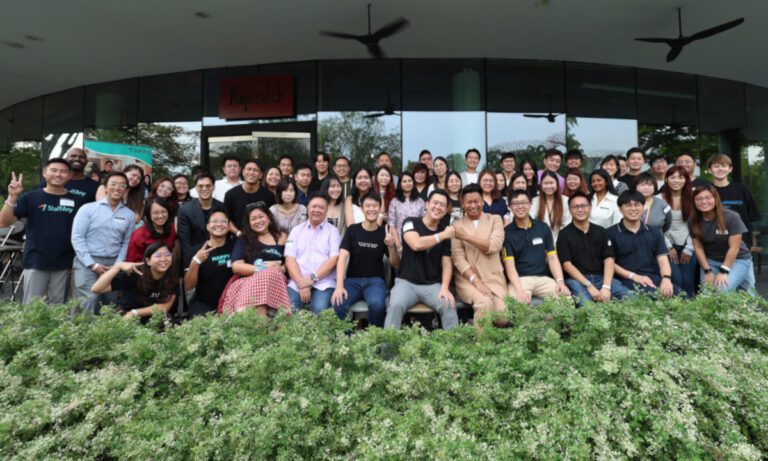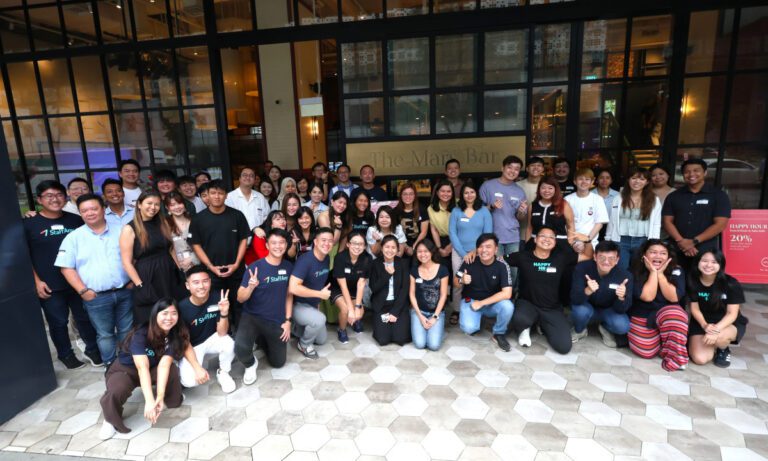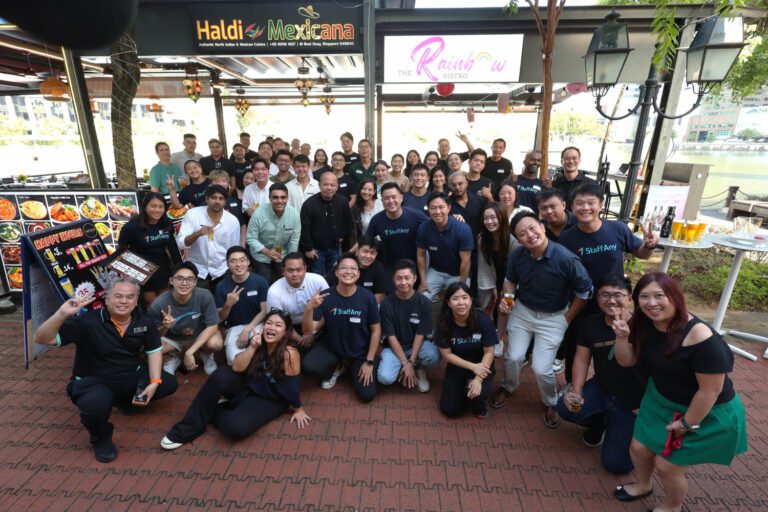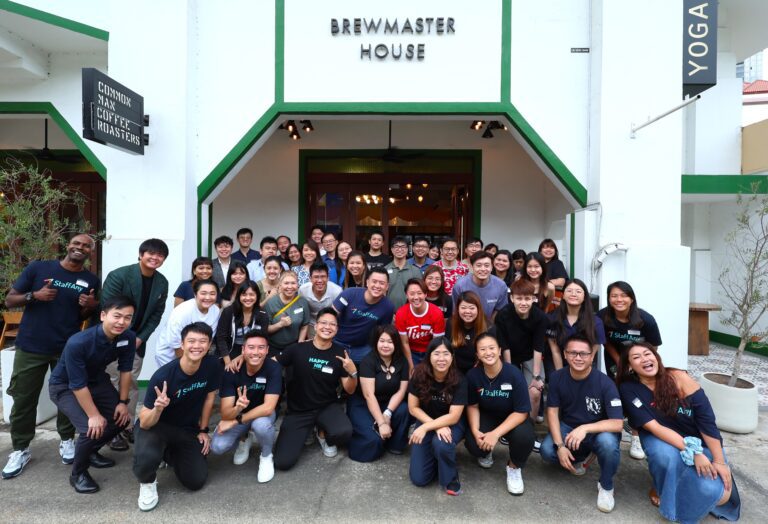Strategic workforce planning is the process of aligning an organisation’s workforce with its business objectives. It involves forecasting future workforce needs, identifying gaps, and developing strategies to address them. The objective is to ensure the right number, type, skills, and placement of employees to meet business goals.
What Is Strategic Workforce Planning?

Strategic workforce planning is a systematic approach to managing an organisation’s workforce. It involves analysing an organisation’s current workforce, forecasting future needs, and developing strategies to meet them. The goal is to have the correct number and type of employees, with the right skills, placed properly to achieve business objectives.
Key elements of strategic workforce planning process
Each business is unique and therefore has its own hiring needs and goals, so no workforce plan will look identical to another. However, there are a few guidelines that every business leader can follow when developing their own plan.
Assessing the organisation’s current workforce, including its size, composition, and skills
Identifying future workforce needs, including changes in the organisation’s business strategy, changes in the external environment, and changes in the workforce itself
Developing strategies to meet future workforce needs, including recruiting, developing, and retaining employees and managing workforce transitions
Implementing those strategies, including recruiting and hiring new employees, training and developing existing employees, and managing workforce transitions.
5 Benefits of Strategic Workforce Planning

Strategic workforce planning provides many benefits to organisations, including improved performance, increased efficiency, and greater agility.
1. Improving Performance
The main benefit of strategic workforce planning is improved performance. By forecasting future workforce needs and developing strategies to meet them, organisations can ensure that they have the correct number and types of employees, with the right skills, in the right place at the right time to meet their business objectives. This can lead to improved productivity, higher quality, and greater customer satisfaction.
2. Increased Efficiency
Another benefit of strategic workforce planning is that it can help organisations to increase efficiency. By identifying workforce gaps and developing strategies to address those gaps, organisations can reduce the need for overtime or temporary workers, which can be costly and disruptive. This can lead to improved cost-effectiveness and greater efficiency.
3. Greater Agility
Strategic workforce planning boosts organisational agility by forecasting future workforce needs and developing strategies to meet them. This prepares organisations for external changes like technological advances, shifting customer demand, or regulatory modifications, allowing them to quickly adapt and remain competitive.
Read more: 8 Elements of Employee Engagement
4. Improved Employee Engagement and Development
By aligning workforce planning with employee development strategies, organizations can create opportunities for career growth, skill enhancement, and meaningful work assignments. This improves employee engagement, satisfaction, and overall organizational performance.
5. Effective Succession Planning
Strategic workforce planning facilitates the identification and development of potential successors for critical roles. This ensures a smooth leadership transition and reduces the disruption caused by unexpected departures or retirements.
7 Key Elements of Effective Workforce Planning Process

A strategic workforce plan is essential to the future success of a company or organisation. An effective workforce planning process involves several key elements that business leaders take into consideration, including:
1. Business Alignment
Strategic workforce planning begins by understanding the organization’s strategic objectives, goals, and future direction. It involves assessing the workforce implications of those strategies, such as anticipated changes in products, services, markets, or technology.
2. Assessing the Current Workforce
The second element of workforce planning strategy is assessing the organisation’s existing workforce. It can be seen as operational workforce planning that focuses on analysing the organisation’s size, composition, and skills and identifying any workforce gaps or surplus. This information is used also to forecast future workforce needs.
3. Forecasting Future Workforce Needs
The third element of strategic workforce planning is forecasting future workforce needs. This includes identifying changes in the organisation’s business strategy, changes in the external environment, and changes in the workforce itself. This information is used to develop strategies to meet future demand, the changing business landscape, and future growth of the organisation.
4. Workforce Supply Analysis
Workforce supply analysis assesses the availability and readiness of talent management within the organization. It involves evaluating existing talent pools, internal succession plans, skills gaps, and the potential for upskilling or reskilling existing employees and future talent.
Read more: 21 Ways to Motivate Your Employees
5. Gap Analysis
The next element of strategic workforce planning is addressing current workforce gaps. Strategies can be built around various different elements, including business planning, talent gaps, skills gaps, and many more.
This includes recruiting and hiring new employees, training and developing existing employees, and managing workforce transitions. The strategy developed should align with the organisation’s business objectives and address any workforce gaps identified in the forecasting process.
6. Implementing Strategies
The fourth element of strategic workforce planning is implementing the strategies developed. This includes recruiting and hiring new employees, training and developing existing employees, and managing workforce transitions. It also includes creating an action plan and setting time frames for achieving the goals and objectives.
7. Monitoring and Evaluating Results
The final element of strategic workforce planning is monitoring and evaluating the results. This includes tracking progress, measuring outcomes, and making adjustments as necessary. This step helps to ensure that the organisation’s workforce is aligned with its business objectives and that the strategies developed effectively meet future workforce needs.
Examples of Strategic Workforce Planning in F&B
These are examples of how organisations have applied strategic workforce planning in practice. These examples will illustrate the critical elements of strategic workforce planning and how they work together to help organisations meet their business objectives and maintain a competitive edge.
1. Workforce Analysis, Training, and Development Programs
Workforce analysis involves gathering data and information about the current workforce, including their skills, experience, and performance. This information is used to identify any skill gaps or areas where employees may need additional training and development.
Based on the results of the workforce analysis, the F&B business can create training and development programs to address any identified gaps. For example, if employees are lacking in customer service skills, the business may offer customer service training to improve their performance and overall customer experience.
2. Flexible Scheduling
Flexible scheduling allows employees to work varying hours based on the needs of the business and the customers. This can help the business better manage staffing levels and ensure that there are enough employees on hand to handle customer demand.
For example, if a restaurant typically sees a spike in customers on weekends, the business may offer employees the option to work extra hours on those days to accommodate the increased demand. On weekdays, when demand is lower, employees may be able to work fewer hours.
3. Data and Analytics
Utilising data and analytics can help an F&B business make informed decisions about staffing levels and needs. For example, the business may analyse sales trends and customer behaviour to predict busy times, such as during peak hours or during holidays.
Based on this information, the business can adjust staffing levels to ensure that there are enough employees on hand to meet customer demand, while also reducing labour costs. For example, if sales data shows that the business is typically slow on certain days of the week, the business may schedule fewer employees to work on those days.
By following these steps, the F&B company can ensure that it has the right number and type of employees, with the right skills, in the right place at the right time to meet its business objectives. This can lead to improved performance, increased efficiency, and greater agility, helping the company to remain competitive in the ever-changing F&B industry.
StaffAny’s workforce management software can help you in your Strategic Workforce Planning. With the right scheduling software, you can improve your business by making your scheduling process much more efficient and plan your schedules with much better cost control.
It is time to take control of your actual labour costs to optimise and achieve your target manpower budget. Reach out to StaffAny now!






